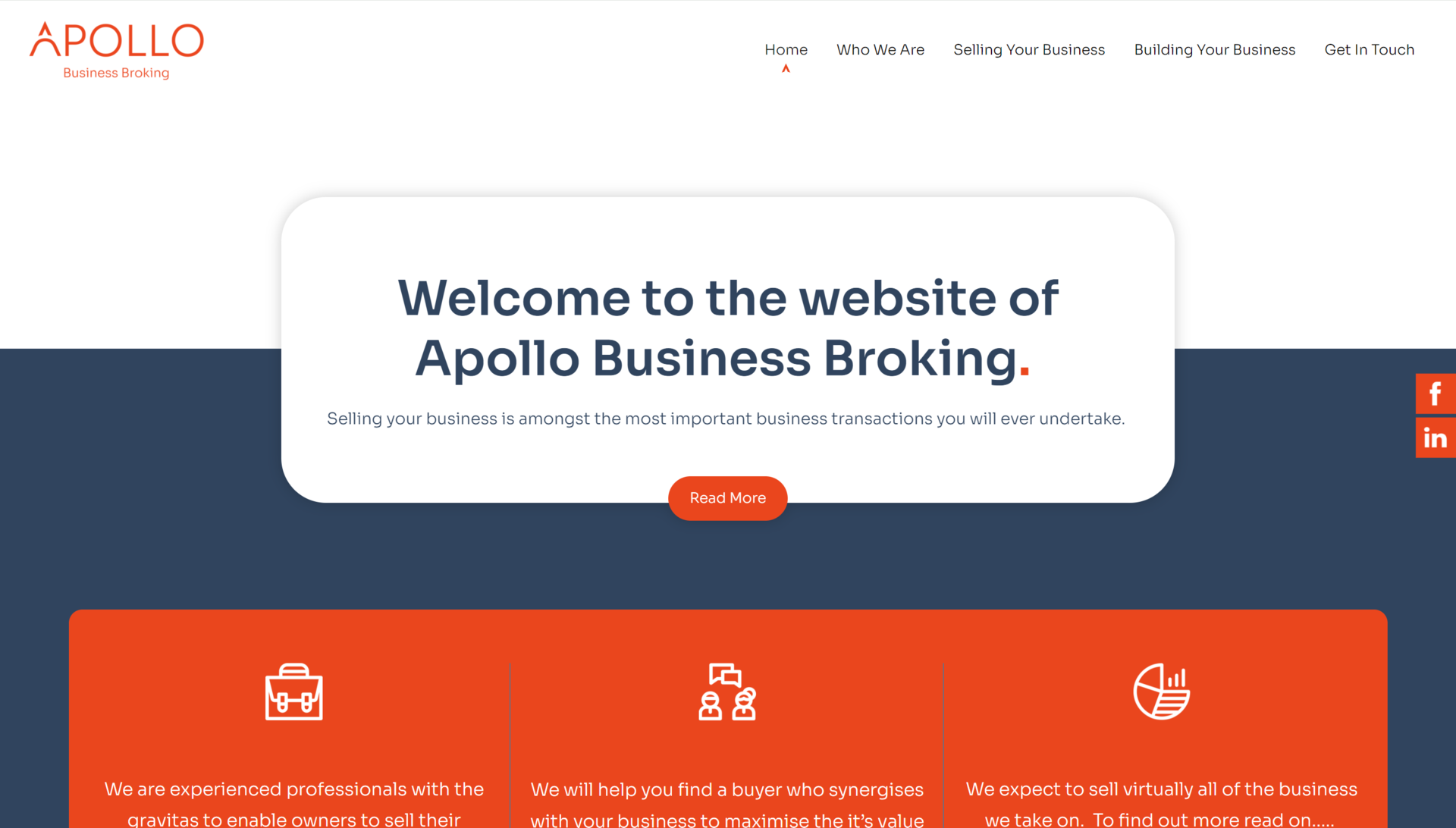Google Algorithm 2018 updates (so far) – what you need to know
Posted on 1st November 2018
Let’s start by explaining what an algorithm is. When you browse the internet, Google tracks down the information you’re looking for by using complex algorithms. These are mathematical instructions that tell computers how to carry out different tasks.
In Google’s case, its own algorithms search for web pages containing the keywords you’ve typed in. It then assigns a rank to each page based on literally hundreds of factors, such as how often the keyword appears on the page, how fast the page loads, whether it’s mobile-friendly and so on. The higher ranking the page, the higher up it will appear in the search listings.
Google updates its algorithms several times a year. Each time a change is introduced, sites that don’t meet the new criteria will be ‘penalised’. Put simply, this means they’ll slide down the rankings. So, every time Google updates its algorithms, the SEO community goes into a frenzy of activity trying to work out what’s changed and how to avoid being ‘penalised’.
It’s important to understand that these updates are introduced to improve the quality of search results. So, whenever I hear someone complaining that their site’s been ‘penalised’, I instantly know that the real problem boils down to them doing something that’s not best practice.
Google have introduced several algorithm changes this year, with more to come. So what do each of these updates mean for your website, and what actions should you take?
1. Core update – 4th to 8th March


Two of the main Google algorithms are called Panda and Penguin. The aim of Panda is to try to boost sites with high quality content further up the rankings whilst pushing lower quality sites towards obscurity. Penguin was introduced to reduce the trust Google has in sites that have tried to play the system by creating unnatural backlinks – in other words, links to the site from sources you wouldn’t expect. E.g. a link from a coffee shop to a motor mechanic.
The March 2018 update saw Google bring Panda and Penguin together into their core algorithm. This mostly had the effect of promoting high quality sites with good content and sensible backlinks, rather than penalising poorer quality sites. In fact, many sites benefited that were previously under-ranked.
What you need to do:
There’s not much you need to worry about with this update – just keep focused on building great content and you’ll be fine.
2. Mobile-first indexing – 26th March
These days, most people access the internet using a smartphone or tablet. For quite some time, Google has given priority in the rankings to sites that have a mobile-friendly version. This update takes things a step further and means Google will now use the mobile-friendly version of the site to crawl, index, and rank web pages. In other words, the mobile version will be considered the primary version of your website.
Previously, the desktop version would have been used first – and still will be if you don’t have a mobile-friendly site. However, you could find that not having a mobile-friendly site has a negative effect on your search engine rankings as a result. Conversely, if you do have one, you might find your rankings improve even if people are searching for your site on a desktop.
As you’d expect, the aim of the mobile-first update is to make it faster and easier for smartphone and tablet users to find what they’re looking for and to provide an enhanced user experience. It also builds on Google’s existing policy of encouraging business owners to have a shared URL covering their mobile and desktop sites, or to at least link them together rather than keep them separate.
What you need to do:
If your website is mobile-responsive or otherwise identical across mobile and desktop versions, you’ll probably be OK. However, even if you have a completely responsive site, it’s still a good idea to check that load times and interactive elements are prioritised and optimised correctly.
If you’re using separate URLs (web addresses) for your mobile and desktop websites, you should consider combining or linking these, or at least make sure both sites provide the same level of content and user experience. And if you don’t have a responsive website, it’s time to get one!
3. Mobile speed update – 9th July 2018


As the name suggests, this change simply means that page speed is now a ranking factor for mobile websites. This update will only affect the slowest sites on the internet – just a small percentage according to Google. And even if a site is slow, it may still rank highly if it contains good, relevant content.
What you need to do:
If your mobile-friendly site is working well, nothing. Otherwise, you might like to think about changing to a faster, more secure hosting service (like it’seeze!) that guarantees high quality performance on mobile devices. As always, you should make sure your content and images are optimised and relevant, to give your site visitors the best possible user experience.
4. Quality Rater Guidelines update – 21st July 2018
Did you know that Google contracts with over 10,000 search quality raters around the world to assess the quality of its search results? These are real people who are given actual searches to carry out based on what Google users are really searching for, and who then rate the quality of the web pages that are presented.
To help them do this, they have a set of guidelines. Areas the raters look at include page design, page speed, redirects, SSL certificates (see below) and whether the site is mobile-friendly. They’ll also consider the ‘E-A-T’ rule – in other words, the site’s level of expertise, authoritativeness, and trustworthiness.
The update on 21st July – one of the biggest this year – updated this 164 page document to add in some new guidelines for raters. The key change is that Google wants to focus on promoting sites that primarily want to help people, for example by providing information and advice. This is opposed to sites that just sell to people and/or are considered to be ‘Your Money or Your Life’ or YMYL sites (see below).
Another aim is to make sure that content created by websites with ‘good reputations’ (i.e. highly ranked by the quality raters) is ranked more highly, as previously it was possible for sites with bad reputations to outrank these. Sites with bad reputations will really have their work cut out from now on, even if their content is good.
What you need to do:
It's important to note that the Quality Raters don't directly impact the rankings of individual sites, it's more about Google making sure that the algorithm changes they make improve the overall quality of the search results. However, the changes to the Q-R-G is another signal that you’ll need a fast, responsive site that contains high quality, relevant content that’s helpful, not ‘salesy’. And that doesn’t just mean written content; images, videos, and other interactive elements are important too.
Other elements to consider include SEO and link-building activities, getting an SSL certificate, and encouraging clients to leave you positive reviews.
5. Chrome security warnings – 24th July 2018


If you use Google Chrome to browse the web, you may have noticed the words ‘Not secure’ appearing in the left hand side of the address bar when you open a web page. If this isn’t present, the URL will begin with https:// rather than http://. This update has been hailed as a ‘milestone for Chrome security.’
All this means is that Chrome is telling you whether or not a site has an SSL (security) certificate which means sensitive data such as credit card numbers, usernames, and passwords are encrypted. (Not all sites will need one). A site with an SSL certificate will be prioritised in the rankings as it’s considered to be safer.
What you need to do:
Even if your business doesn’t strictly need an SSL certificate, it’s still a good idea to get one. Once this is in place, make sure your http:// web pages (which will still work) automatically redirect to the https:// versions.
6. ‘Medic’ core update – 1st August 2018
This update isn’t officially targeted towards medical or healthcare sites (‘Medic’ is just a nickname) and has been described by Google as a broad, global, core update. Despite this, there does seem to be an emphasis on health and medical sites as well as other YMYL sites, including sport, fitness, and ecommerce brands.
YMYL sites are defined by Google as sites that focus on money and life issues, such as those that ask for financial information (in other words, asking you to buy something), sites that solicit personal details that could be used for identity theft, or sites purporting to offer health, medical, financial or lifestyle advice that could potentially be harmful.
Like the Quality Rater Guidelines update, this forms part of Google’s new policy of promoting sites that offer genuinely relevant helpful information and advice.
The 'Medic' core update has also further impacted national vs. local search results, providing local results with greater emphasis in local searches (i.e. where the searcher intent is to find a local, or 'near me' result).
After 'Medic', there was another minor update on 27th September, and although it was a 'small update' according to Google, it's had quite an impact on the search results. The largest impact seems to have been on low-quality websites that saw search result improvements greater than they should have done after the 'Medic' update, so this smaller update is a way of fixing this, probably after the Quality Raters tested the outcome of the 'Medic' update and those released earlier in the year.
What you need to do:
There’s no specific ‘fix’ to this update beyond providing (you guessed it) useful, relevant, and interesting content that answers your customers’ questions without selling to them.
Not sure where you stand with SEO? Ask for a free website health check.
A free website health check from it’seeze Web Design Nottingham will tell you where you’re going wrong with Google, setting out areas of your site that aren’t performing so you can get them sorted.
Book your free website health check online today, or get in touch with our friendly team to discuss your requirements in more detail.
Tagged as: SEO
Share this post:


